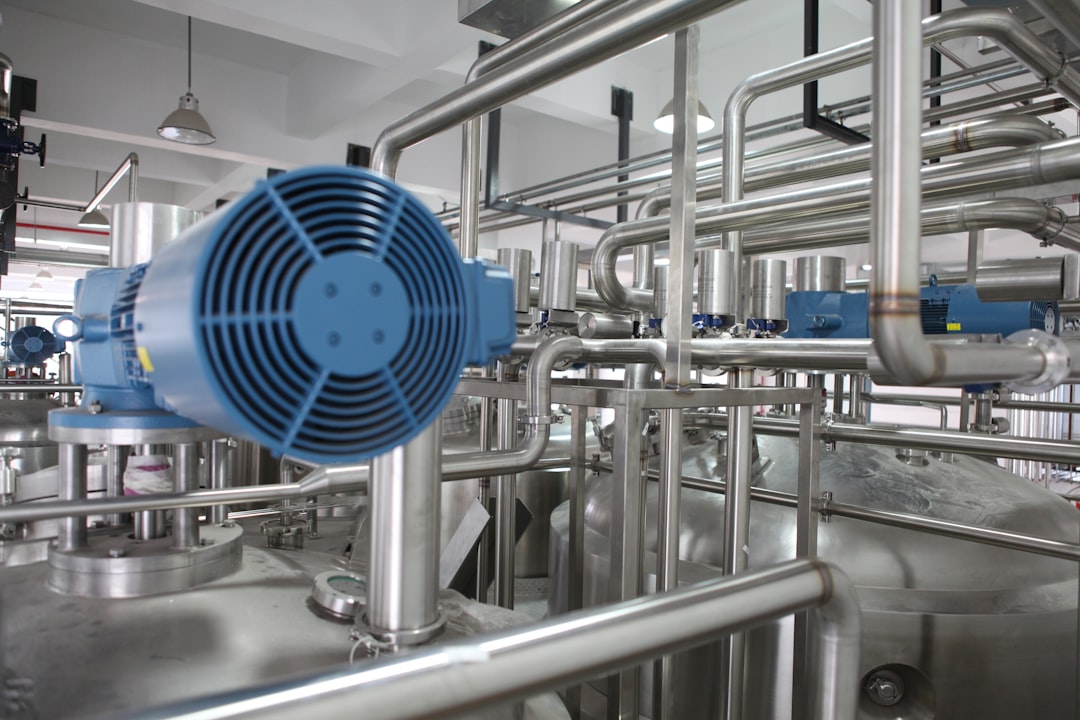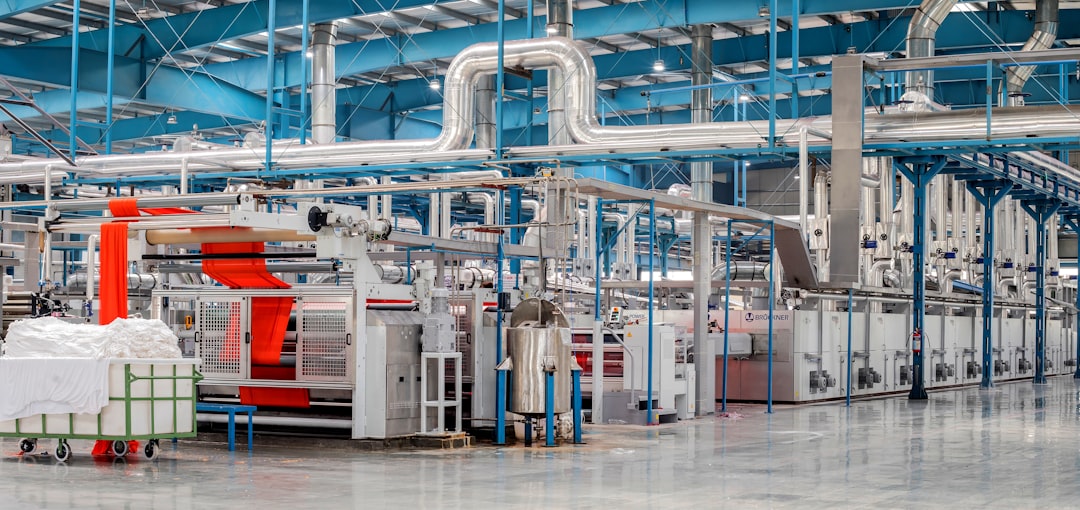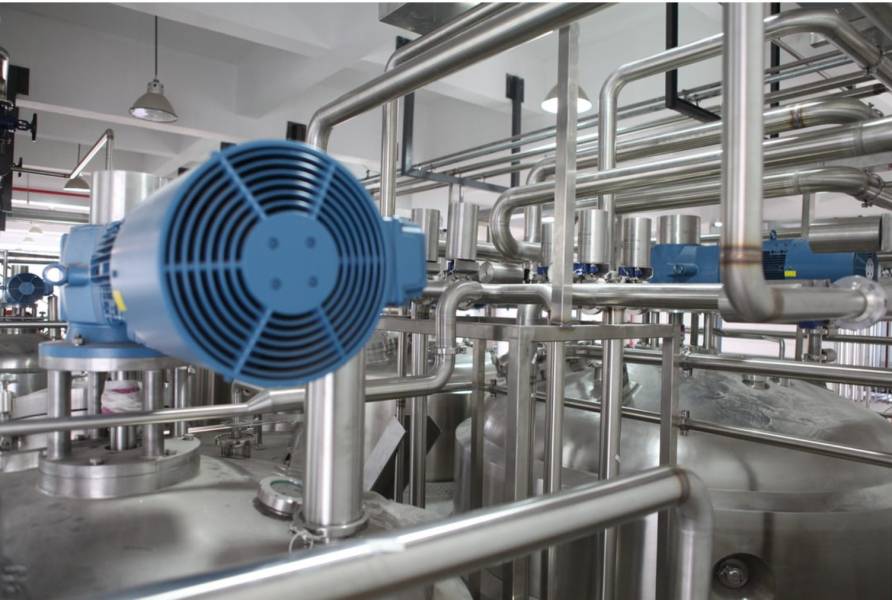Digital factories come in many formats. But at a baseline reading, they offer a network of digital models that mirror the resources and layout of a factory’s physical assets. This network of digital elements is designed to allow users to modify, inspect, and test elements of the actual factory floor without shutting down machinery, adding delays into the process, or halting production for a warning that turns out to be a faulty mechanism or another similar issue.
Digital factory software is a fantastic complement to any production center that’s looking to ensure consistent uptime and productivity throughout the core business model. It can be a challenge to maintain these assets and the nearly breakneck speed at which business travels throughout any given production cycle. But with the help of digital factory technology, ensuring the best in your production facilities is easier than ever before. Digital factories provide a great focus on a few key elements of the processes in factory spaces. They offer themselves as a resource to create an improved quality of planning and cost-effectiveness, shorter time to market, clear communication between both smart devices and users, and better planning and maintenance standards across the factory floor.
Communication transparency is a core functionality of a digital factory installation.

With the help of the Internet of Things (IoT) and Industrial Internet of Things (IIoT), cloud-based systems now exist in factories all over the world, meaning the implementation of a digital factory is simple in virtually all business footprints that work in this space. IIoT installations make for a streamlined communication process between interconnected devices. And as a result, data managers, analysts, and machinery operators are able to create and maintain a clearer picture of what’s going on within the process as a whole and throughout each step of the way.
Regardless of the final output of your factory floor (whether it’s packaged food goods, musical instruments, or dog toys), ensuring communication and transparency with the use of big data and digital factory installations throughout each phase of production is the best way to maintain great uptime statistics and ensure that each component of the fabrication process is running smoothly and safely.
Because of the transparency and interplay between systems linked within the digital factory infrastructure, key stakeholders are able to monitor ongoing events on the factory floor in real-time. Monitoring capabilities allow for better quality from start to finish as well as greater safety standards throughout the floor. Building in safety as a key feature is a wonderful morale booster within the team. It can provide your facility with improved efficiency as a natural byproduct as well as a boost in manufacturing efficacy resulting from the streamlined processes themselves.
Economic efficacy is integral to the digital factory model.

In addition to the monitoring and safety enhancements, a digital factory infrastructure allows brands to capture better economic momentum throughout their product landscape. Factories that employ a digital copy are able to experiment with different service layouts and develop greater automation throughout the fabrication cycle. The ability to make tweaks and changes to the process with the help of a digital model allows data scientists, research staff, and decision-makers to identify areas of weakness with greater ease and make in-line changes that will boost productivity without having to experiment on the actual equipment.
Decision-makers now have the ability to evaluate new and innovative changes with little in the way of setbacks or negative outcomes. The use of digital factory links with the updated Industry 4.0 changes that have reverberated around the industrial world. With the help of this new innovation, businesses are capable of great momentum within their industrial processes that were simply unheard of just a few short years ago. Consider adding digital factories to your business processes.
HedgeThink.com is the fund industry’s leading news, research and analysis source for individual and institutional accredited investors and professionals









